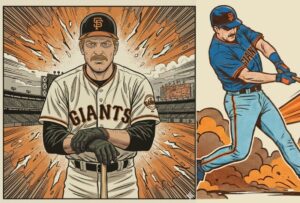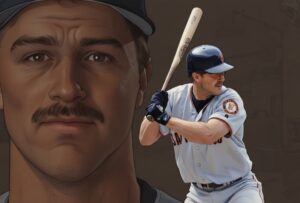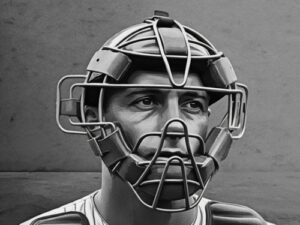When we’re talking about serious injuries, let’s say, a fracture, dislocation, or ligament tear, blisters simply don’t look like they make the cut—but baseball players beg to differ. In fact, some refer to blisters as baseball’s biggest little injury. Why? They’re a thorn in the flesh, whether you’re a professional player or someone’s crush in middle school. Except you’re a demigod, doesn’t it hurt like hell to pitch or bat perfectly when your palms or fingers are plagued by these unbearable little wounds?
Blisters and calluses both occur on parts of your skin that are exposed to excess friction, particularly the palms and soles, but are they the same? Well, not really. Also, why do they happen to you and not other players? Are you just unlucky?
If you’ve got really sweaty palms, or soft, baby-like skin on your palms, you can blame it on your luck, but other players just cheat nature by rubbing substances such as liquid chalk that reduce moisture on their palms and stabilize their grip.
Rest assured, we’ve got you covered, as we’ll be digging into blisters and calluses, tricks to prevent them, and whether it makes sense to do weird things like peeing on your blisters (don’t be surprised, even pros do this).
Non-baseball players aren’t spared, because if you’re into weightlifting for instance, you could equally develop blisters from friction with the barbell. To be on the safer side, however, you can protect your palms and thumbs with hook grip tapes, which are affordable yet provide ultimate protection for the skin of your hands. As promised, we’re going to address the A-Z of blisters and calluses in the world of baseball, so let’s start by differentiating them.
Differentiating between blisters and calluses
Pesky fluid filled bubbles on your palms or soles—blisters—usually hurt like crazy and are caused by excess friction from constantly batting and pitching. They could also be caused by burns or other medical causes. For pitchers, blisters commonly appear on the middle finger because it’s the last point of contact before the ball takes off.
Calluses, on the other hand, are thick elevations on the same areas of your skin that aren’t usually painful but are also caused by repeated exposure to friction or irritation.
Think of both of them as your skin’s protective measures; blisters are fluid filled cushions between the outer and inner layers of your skin, while calluses are hardened layers of skin that protect more delicate layers of skin from further injury. They’re protective, but do you have to deal with them? What if your blister pops or the calluses tear off? You’re forced to deal with a painful, freshly exposed skin wound while pitching or batting. Honeslty, you can skip the torture and just enjoy a painless game by being a little more careful.
Prevention and management of blisters and calluses in baseball
Prevention is better than cure, and this is especially true of blisters. The enemy is usually moisture and you can combat this by applying antiperspirant sprays to your palms and fingertips, which are said to reduce contact dermatitis, another trigger for blisters.
You have protective gear for a reason, so don’t go batting with your bare hands or wearing ill-fitting gear. If you’re a pitcher, spare the extra energy for the actual game and use a lesser grip to pitch the ball during practice so there’ll be less friction on your fingertips. After games, make it a habit to relieve your fingers with ice packs to soothe any underlying minor blisters.
As for your feet, you should get well-fitted baseball cleats with extra padding and feet antiperspirants that come in spray or powder form, as well as absorbent socks to prevent moisture and frequent friction, which can cause calluses.
What can you do when you already have blisters and calluses?
Baseball legends have unshakable faith in unorthodox remedies for blisters, such as dipping your fingers in urine or pickle juice, but this isn’t a scientifically proven solution. A helpful trick players use is to dip their blistered palms or fingers into a bag of rice, which absorbs the moisture.
What science approves is aspirating the blisters by gently using a sterile syringe after disinfecting the area, while ensuring that you don’t create an open wound, which can leave the skin more susceptible to infection.
You may also use a mixture of warm water and betadine for 5-10 minutes to prevent infection and toughen the skin.
As for calluses, players tend to scrape them off with sharp objects, but if this goes wrong, it’s another gateway for microbes to get into the skin and infect it. It’s safer to soak the calluses in warm water and gently level them with a pumice stone, which is less likely to injure your feet.






